Doctors Say if You See This in Your Urine, It Could Be an Early Warning Sign of a UTI
When it comes to mucus in your urine, how much is too much? Here's how to tell
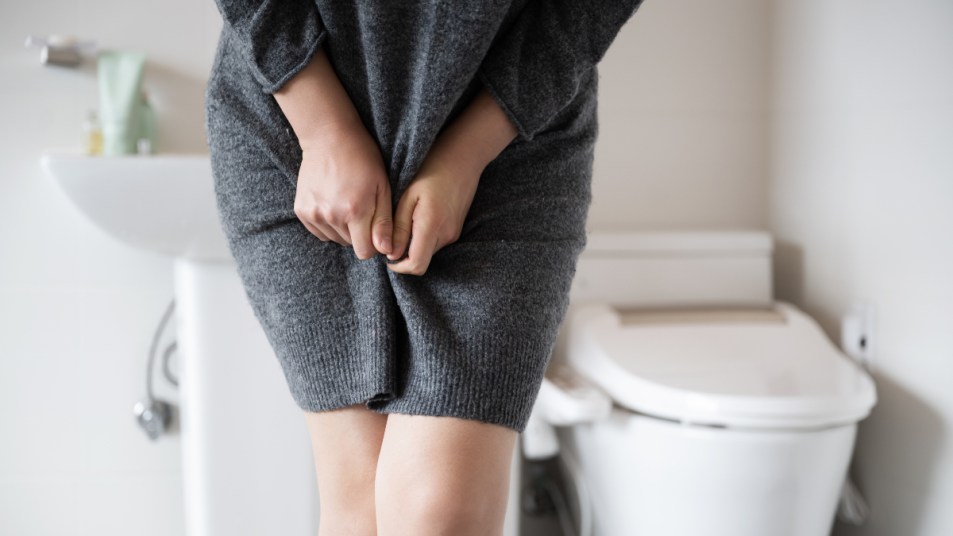
If you’ve ever gone to the bathroom and noticed mucus in your urine, you may worry something is wrong. But don’t rush to push the panic button just yet. While a bit of discharge isn’t usually cause for concern, a larger amount of mucus could indicate an underlying health issue that may require a trip to your doctor. Here’s what you need to know if you spot mucus in urine.
The role mucus plays in the body
Mucus is a substance your body produces naturally. Although the slippery, sometimes sticky fluid gets a bad rap (it’s often one of the most bothersome parts of having a cold), your body needs mucus to function properly.
“All of the linings in parts of your body have mucous membranes, which are tissues that secrete mucus,” says Christina Gasbarro, MD, a family medicine doctor at Mercy Personal Physicians at Overlea, a primary care practice affiliated with Mercy Medical Center in Baltimore, MD. “The purpose of mucus is to provide lubrication.”
Mucus also acts as a protective barrier against bacteria, viruses and fungi that can enter the body through areas exposed to the outside environment, says Dr. Gasbarro. That includes the respiratory system (nose, mouth, lungs), eyes, genitals and urinary system, she adds.
How to spot excess mucus in your urine
“The truth is, having a small amount of mucus in urine is common and typically isn’t a cause for concern,” says Barbara Chubak, MD, a urologist and an associate professor of urology at the Icahn School of Medicine at Mount Sinai in New York City.
Some mucus lining your bladder or urethra can naturally get mixed in with urine. “The body is self-cleaning in a lot of ways, and sometimes cells with extra fluid (mucus) shed and slough off, and that can be normal,” adds Dr. Gasbarro.
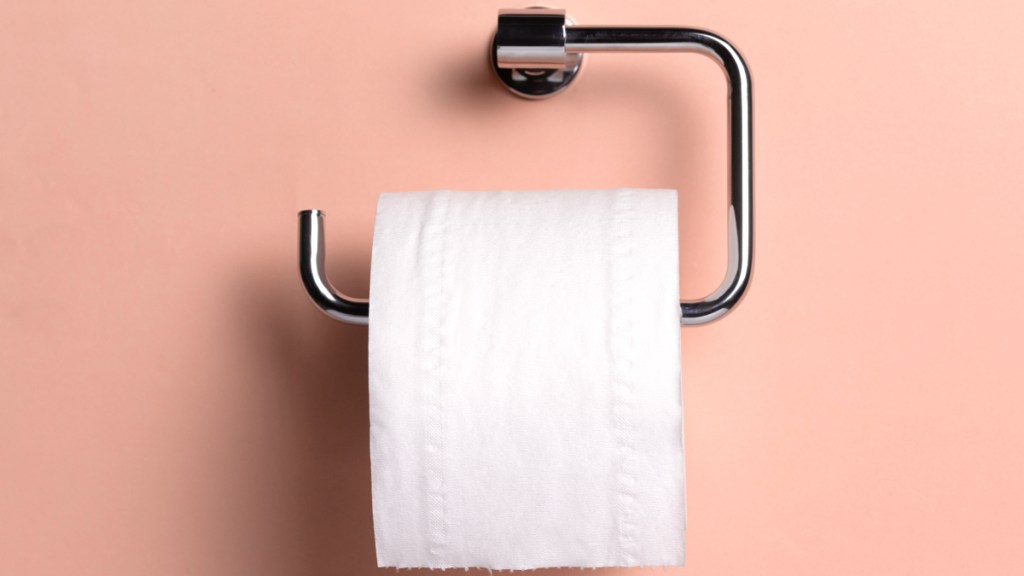
People don’t usually notice mucus in their urine unless there’s a great deal of it, says Dr. Chubak. “But if you do, the presence of excess mucus can make your urine appear cloudier,” she says. A normal amount of mucus in urine can be clear, white or off white, and may not even be all that visible. However, signs of excess mucus in urine include it being thicker, stickier and greenish yellow or red, explains Dr. Chubak.
Common causes of mucus in urine
Notice a large amount of mucus in your urine? Here’s what could be causing it.
1. Urinary tract infection (UTI)
An excess amount of mucus in your urine could be a sign you have a UTI. Urine can look cloudy with a UTI, and mucus may contribute to that milky color. Here, mucus is doing its natural thing of trying to protect your urinary tract from irritation caused by the bacteria, explains Dr. Chubak.
Other symptoms of a UTI can include pain or burning during urination, frequent urination, feeling the need to urinate even though you have an empty bladder, seeing blood in your urine and pain or cramping in the groin or lower abdomen, says Dr. Chubak.
A urine test can confirm a diagnosis. “A dipstick urinalysis, which can be done on the spot at your doctor’s office, urgent care or at home with a test kit, can determine whether you have a UTI, but it doesn’t identify mucus in the urine,” says Dr. Chubak. “However, a formal urinalysis that’s sent out to a laboratory can identify when mucus is present.” (Learn how to get rid of a UTI and see our best UTI prevention supplements.)
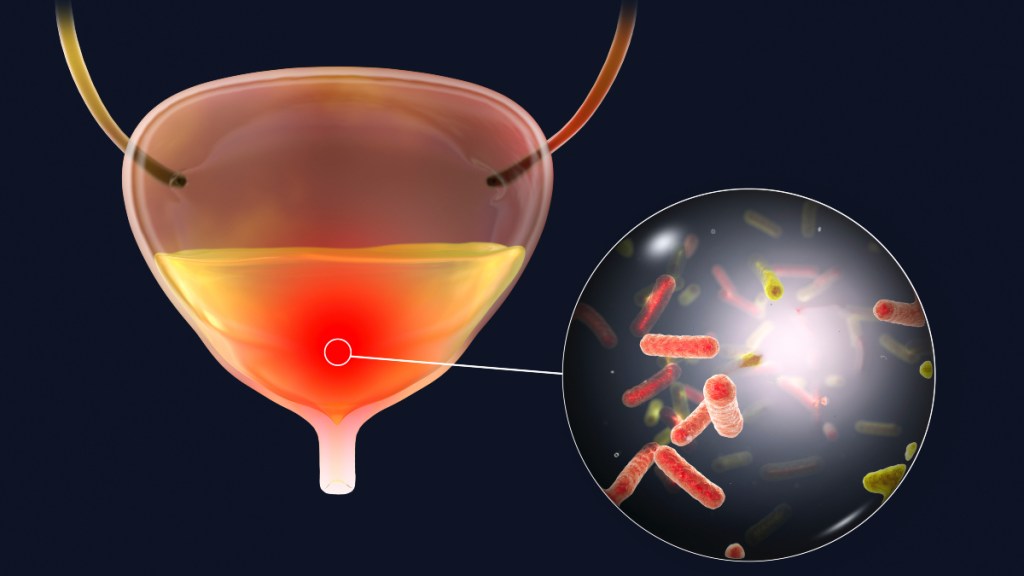
2. Sexually transmitted infection (STI)
Some sexually transmitted infections can cause a vaginal discharge in the form of excess mucus in urine. These STIs include gonorrhea, chlamydia and trichomoniasis, says Dr. Gasbarro.
You may assume STIs are something only younger adults need to worry about. But these infections have dramatically increased in older adults, especially among those who are divorced or widowed, found a study in the International Journal of Environmental Research and Public Health.
3. Menopause
Lower levels of estrogen and progesterone during and after menopause can have an impact on mucous production, too, notes Dr. Chubak.
“The skin that lines the urethra and base of the bladder shares a wall with the front of the vagina, and all of that wall is hormone reliant,” she says. “As we go through menopause and the years that follow, that skin doesn’t get the amount of sex hormones needed for maintenance and will get thinner and dryer.”
This can cause irritation and inflammation in the skin lining. “When this happens, the body will tend to produce more mucus in response,” notes Dr. Chubak. (Click through for our best menopause self-care tips to soothe common symptoms.)
4. Gastrointestinal disorders
Some gastrointestinal conditions such as irritable bowel syndrome (IBS), Crohn’s disease and ulcerative colitis can cause mucus in stool, says Dr. Gasbarro. “If you’ve peed and pooped at the same time, you may notice mucus in the toilet. But it could actually be coming from your rectum,” not your urine, she explains.
Mucus in your stool can also stem from a GI infection such as gastroenteritis or from food poisoning, food sensitivities and even antibiotics. “If the antibiotic causes diarrhea, it can produce mucus,” Dr. Gasbarro says.
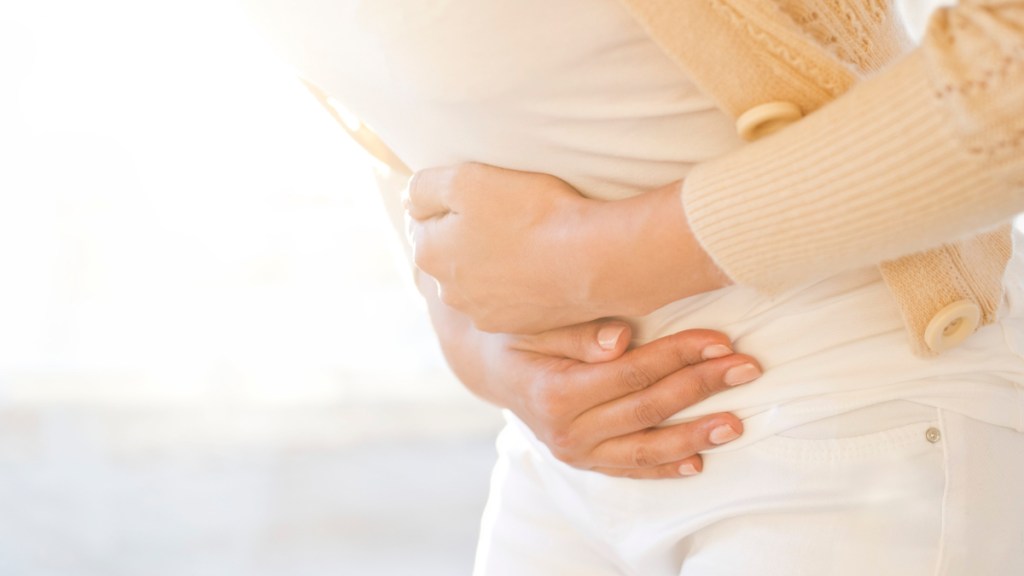
Mucus in urine: When to see a doctor
If there’s a change in the appearance of your urine, and you experience other symptoms including fever, chills, pain or see blood in the mucus, it’s time to schedule a visit your doctor.
Dr. Chubak adds that if you experience a burning pain with urination, urinary urgency or urinary incontinence, your doctor can evaluate what’s going on and come up with a treatment plan. “In the absence of these symptoms, mucus in urine is unlikely to be a sign of any problem in need of treatment,” she says.
How to reduce excess mucus in urine
If you’re prone to excess mucous production, or bothered by seeing mucus in your urine, here’s how you can improve your urinary and vaginal health.
1. Drink up
Dehydration can play a role in the presence of mucus in urine. “It can make mucus that’s normally present appear more prominent,” explains Dr. Chubak.
When you consume enough fluids (especially water), it can flush extra mucus — and any potential infection-causing bacteria — out of your system. In fact, a study in JAMA Internal Medicine found women who drank about 6 cups of water a day in addition to their other daily fluid intake had a roughly 50% lower risk of developing a recurrent bladder infection.
Most experts recommend women drink at least 6 to 9 cups of water day. One way to tell if you’re adequately hydrated? Look at the color of your urine, says Dr. Chubak. “If you’re well-hydrated, your urine will be a pale straw yellow color. But if not, it will be a dark yellow verging on amber color.”
2. Savor oatmeal
Constipation can lead to urinary retention, or trouble emptying your bladder, says Dr. Gasbarro. “If you’re constipated, the stool can push on the pelvic floor muscles and push on the bladder, not allowing the bladder to empty completely,” she explains. “And urinary retention can result in developing a UTI.”
The CDC’s Dietary Guidelines for Americans recommend adults get between 22 and 34 grams of fiber a day. A smart way to up your intake: Start your day with a bowl of oatmeal topped with mixed berries, which are both rich in fiber. Other high-fiber foods include beans, brown rice, quinoa, apples, avocados and dark leafy greens. (Click through to see how Epsom salt for constipation can help get things moving again, too.)
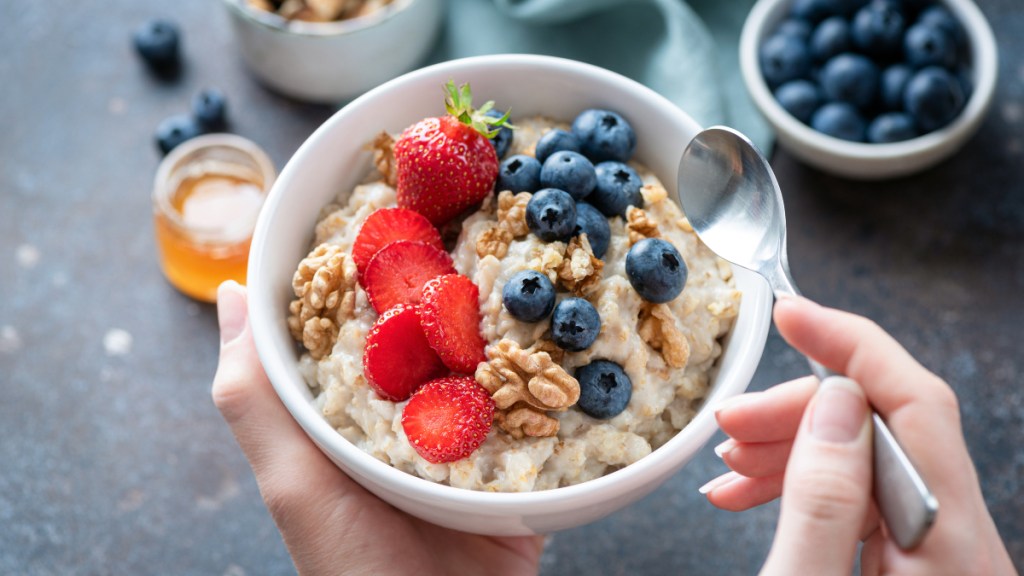
3. Plant flowers
Enjoying leisure time physical activity for at least 4 hours a week (that’s less than 35 minutes a day) reduces your risk bacterial infections, including UTIs, found a study in Medicine & Science in Sports & Exercise.
In fact, researchers found folks who regularly gardened, took a walk or rode a bike were less likely to fill an antibiotic prescription for cystitis, or bladder inflammation often caused by an infection, than those who did no activity at all. Staying active, even at low intensities, boosts immunity to help ward off infections.

4. Try cranberry extract
“Cranberry extract contains chemicals called proanthocyanidins (PACs) that can bind to the bladder wall at the same place that E. coli bacteria stick to cause UTIs,” explains Dr. Chubak. “A sufficient quantity of PACs to fill up those ‘parking spots’ can prevent bacteria from sticking to the bladder and multiplying to cause UTI symptoms.”
Why not just drink cranberry juice or eat cranberries instead? “Cranberry fruit or juice is a very inefficient way of ingesting PACs, so it is virtually impossible to get an effective dose by this means,” Dr. Chubak explains.
Look for a cranberry extract supplement with at least 36 mg. of PACs.
For more ways to outsmart bladder bothers:
Always ‘Gotta Go’? This Genius Shoe Trick Calms Bladder Spasms + More MD-Backed Tips
Doctors Weigh In on The Best Natural Solutions for Female Bladder Problems
Goodbye, Bladder Leaks! Doctors Reveal the Best Urinary Incontinence Remedies
This content is not a substitute for professional medical advice or diagnosis. Always consult your physician before pursuing any treatment plan.

















